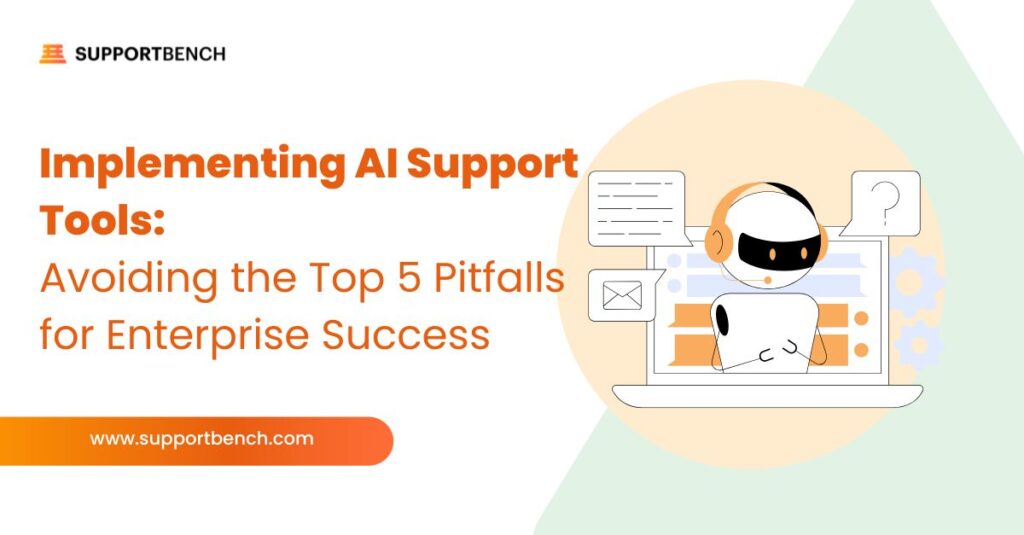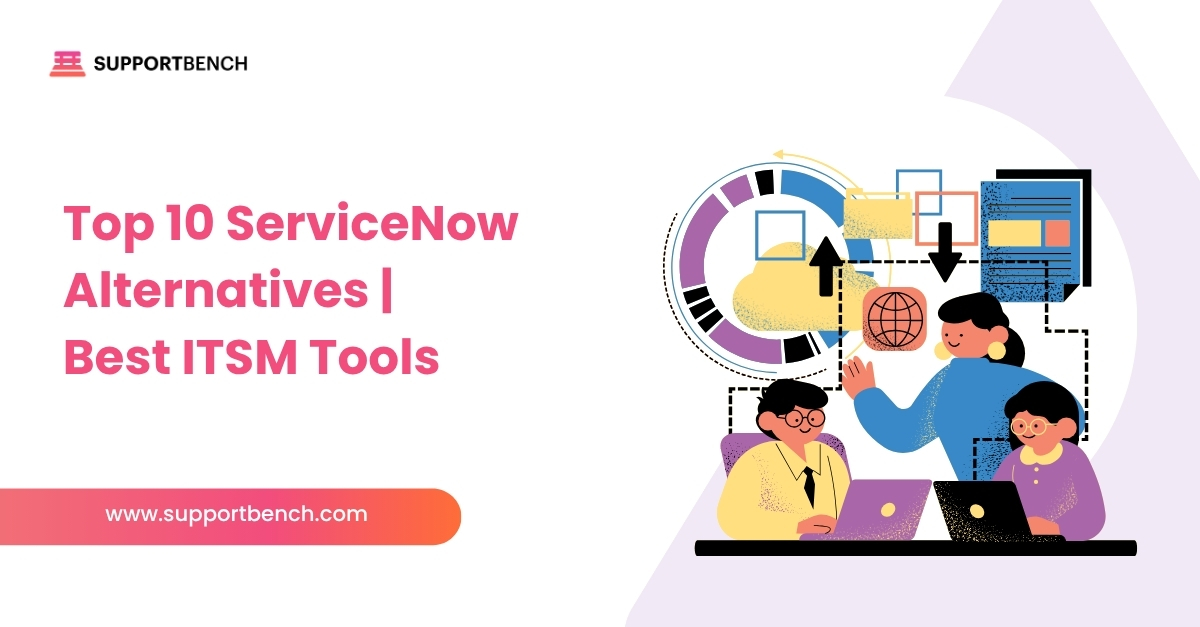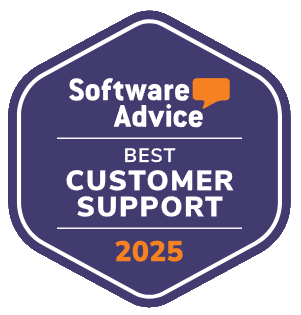The promise of Artificial Intelligence in customer support is immense. Visions of hyper-efficient agents, instantly satisfied customers, and data-driven operations are driving rapid adoption across industries. However, the path from vision to reality is often littered with obstacles. Implementing AI tools effectively, especially in complex enterprise environments, requires careful planning and a keen awareness of potential pitfalls.
Simply acquiring AI technology doesn’t guarantee success. Many promising initiatives stumble, leading to wasted resources, frustrated teams, and unrealized value. A staggering percentage of IT projects face challenges. While specific AI project stats vary, reports like those from the Project Management Institute often highlight significant failure or underperformance rates for technology projects generally, underscoring the need for careful execution (Note: This is a general project management stat, specific AI implementation failure rates can be harder to pin down definitively across all industries but the principle applies).
For support leaders navigating intricate customer relationships and sophisticated service demands, avoiding common mistakes is paramount. This article outlines the top five pitfalls encountered during AI support tool implementation and provides actionable strategies to help you navigate them successfully, ensuring your investment delivers genuine, lasting value.

Pitfall #1: Fuzzy Vision – Not Understanding What AI Can Realistically Do
There’s a lot of hype surrounding AI. It’s easy to get caught up in futuristic possibilities without grounding your expectations in current capabilities. A fundamental pitfall is not understanding WHAT AI is and what it can realistically do for your support operation today.
- The Problem: Believing AI is a magic wand that can instantly understand any nuance, display human empathy, or solve completely novel problems without relevant data leads to disappointment. Expecting AI to perfectly replicate complex human judgment or handle highly sensitive escalations autonomously is setting the stage for failure. Conversely, underestimating AI by viewing it only as simple automation might cause you to miss significant opportunities for data analysis, prediction, and agent augmentation.
- The Impact: Unrealistic expectations lead to choosing the wrong tools for the job, setting inappropriate goals, causing team disillusionment when the “magic” doesn’t happen, and ultimately, project failure. You might invest heavily in a solution designed for simple tasks when your real need is augmenting expert agents handling complexity.
- Avoidance Strategy:
- Educate Yourself & Your Team: Focus on understanding the core capabilities of current AI relevant to support: pattern recognition (in text, data), prediction based on historical patterns, automation of data-driven tasks, and natural language processing for understanding intent within defined boundaries.
- Focus on Outcomes, Not Just Tech: During vendor discussions, steer conversations toward the specific problems AI solves and the measurable outcomes it delivers (e.g., “Show me how your Copilot reduces agent research time for technical questions,” not just “Show me your AI”).
- Start with Clear, Defined Use Cases: Begin with problems where current AI demonstrably excels like automating categorization based on keywords, summarizing case notes, surfacing relevant KB articles, or predicting satisfaction based on interaction patterns.
- Prioritize Augmentation: Especially in complex environments, frame AI primarily as a tool to augment human agents, making them faster and smarter, rather than aiming for full replacement of nuanced roles.

Pitfall #2: The Aimless Implementation – No Clear Strategy or Plan
Perhaps the most common reason AI projects underperform is the lack of a coherent strategy. Jumping into AI because it’s the “hot new thing” or deploying tools without clear objectives is a recipe for wasted effort. Not having a clear strategy or plan specific to your support organization’s needs is a critical oversight.
- The Problem: Without defined goals, you can’t measure success. Without a plan, deployment becomes chaotic. Teams lack direction, resources are allocated inefficiently, and the chosen AI tools may not even address the most significant pain points or opportunities within your operation.
- The Impact: Resources are wasted on low-impact initiatives. Implementation stalls due to lack of focus. You end up with expensive technology that isn’t solving meaningful problems or delivering demonstrable ROI. Morale suffers as teams struggle with poorly defined tools and objectives.
- Avoidance Strategy:
- Start with the “Why”: Before evaluating any vendor, clearly articulate the specific business problems you aim to solve or the opportunities you want to capture (e.g., reduce AHT for specific case types, improve FCR for Tier 1, decrease onboarding time, proactively identify at-risk clients).
- Define Measurable KPIs: How will you know if the AI implementation is successful? Define specific, measurable Key Performance Indicators (KPIs) upfront (e.g., achieve a 15% reduction in AHT for cases using Copilot assist, increase bot deflection rate by 20%, decrease negative mentions related to effort by 10%).
- Align with Business Objectives: Ensure your AI support goals directly support larger organizational objectives like improving customer retention, increasing operational efficiency, or enhancing product adoption.
- Develop a Phased Rollout Plan: Don’t try to boil the ocean. Start with a pilot program or focus on one or two high-impact use cases. Learn, iterate, measure, and then expand based on proven success.
- Involve Stakeholders Early: Get input from agents, team leads, operations managers, and potentially IT (for integration planning) during the strategy phase.

Pitfall #3: The Data Dilemma – “Garbage In, Garbage Out”
AI models, particularly those used in support tools like bots, copilots, and predictive analytics, are fundamentally data-driven. Their effectiveness is inextricably linked to the quality, quantity, and accessibility of the data they learn from or access. Ignoring data readiness, resulting in a “garbage in, garbage out” scenario where you lack the right data to train or inform the models, is a frequent cause of AI underperformance.
- The Problem: If your knowledge base is sparse, inaccurate, or poorly structured, your KB Bot won’t provide useful answers, and your Copilot won’t surface reliable information. If your historical case data lacks consistent categorization, resolution details, or accurate logging, your predictive CSAT models will be unreliable, and your automation rules might misfire. If CRM data isn’t clean or well-integrated, the AI lacks crucial customer context.
- The Impact: AI tools provide inaccurate or irrelevant suggestions. Bots frustrate users. Predictive scores are meaningless. Automation fails or makes mistakes. Agents lose trust in the tools and abandon them. The entire investment is undermined because the AI lacks the quality fuel it needs.
- Avoidance Strategy:
- Conduct a Data Audit FIRST: Before committing to an AI solution, honestly assess the state of your key data sources: Knowledge Base (structure, accuracy, completeness), historical case data (consistency, detail), and CRM data (cleanliness, relevant fields).
- Prioritize Knowledge Management (KCS): Implementing KCS principles is one of the best ways to ensure a high-quality, living knowledge base – essential fuel for KB Bots and Copilots. Choose platforms that inherently support or facilitate KCS workflows.
- Cleanse and Structure Key Data: Identify critical data points needed for your priority AI use cases and invest time in cleaning and structuring them. This might involve updating KB articles, enforcing better case logging practices, or cleaning up CRM records.
- Choose Platforms Designed for Real-World Data: Look for AI tools that are somewhat resilient to imperfect data. For example, Copilots that use smart real-time search across multiple sources (KB, cases, CRM) can often find relevant context even if no single source is perfect. Platforms that use AI to assist with data improvement (like suggesting KB articles from cases) are also valuable.
- Focus Integration Efforts: Ensure seamless data flow between your helpdesk, CRM, and other relevant systems. Robust APIs and pre-built connectors (especially deep integration with systems like Salesforce) are crucial.

Pitfall #4: Sticker Shock & Hidden Effort – Underestimating Costs and Complexity
While the potential ROI of AI can be significant, it’s easy to underestimate the total investment required. Thinking only about software license fees ignores other critical cost and effort components. Costs can add up quickly, and overlooking implementation complexity leads to budget overruns and project delays.
- The Problem: Failing to account for costs beyond the software subscription (implementation fees, data migration, integration development, internal staff time for configuration and training, potential data cleanup efforts) leads to inaccurate ROI projections and budget shortfalls. Assuming a “plug-and-play” implementation without considering workflow changes, user adoption efforts, and ongoing administration sets unrealistic timelines.
- The Impact: Projects run over budget and take longer than expected. Corners may be cut during implementation (like skimping on training or integration) which compromises effectiveness. The perceived TCO (Total Cost of Ownership) balloons, making the initial ROI justification look flawed.
- Avoidance Strategy:
- Develop a Comprehensive TCO Model: Look beyond licenses. Factor in:
- One-time implementation/setup fees (vendor or internal).
- Integration costs (API development, middleware).
- Data migration or cleanup costs.
- Internal team time for project management, configuration, testing.
- Comprehensive user training time.
- Ongoing administration and maintenance time.
- Prioritize Usability for Support Ops: Choose platforms designed to be configured and managed largely by the support operations team, reducing reliance on expensive, often backlogged, IT resources for routine tasks like workflow adjustments or report building.
- Scrutinize Integration Requirements: Understand the effort involved in connecting the AI platform to your essential systems (CRM, etc.). Favor platforms with strong native integrations or well-documented, flexible APIs.
- Phased Rollout = Phased Investment: Starting with a pilot or limited scope allows you to manage costs and complexity incrementally, proving value before committing to a full-scale rollout.
- Develop a Comprehensive TCO Model: Look beyond licenses. Factor in:

Pitfall #5: The Wrong Partner & Stagnant Tech – Poor Tool Selection and Future-Proofing
The market for AI support tools is crowded and evolving rapidly. Choosing a vendor or platform that isn’t the right fit for your specific needs, or one that fails to keep pace with innovation, can severely limit your success. This includes both selecting tools mismatched to your environment (e.g., a B2C-focused tool for complex B2B support) and the challenge of keeping up with AI and the tools if your chosen platform doesn’t innovate effectively.
- The Problem: Selecting a platform designed for simple, high-volume consumer interactions when you handle complex, low-volume, high-touch enterprise support means the AI models, workflows, and feature set won’t align with your needs. Partnering with a vendor whose AI capabilities are superficial “bolt-ons” rather than deeply integrated, or one that doesn’t invest in ongoing AI R&D, means your tools will quickly become outdated as the AI landscape evolves. Relying on multiple disconnected point solutions for different AI features creates integration headaches and data silos.
- The Impact: The AI tools fail to deliver meaningful value in your specific context. Agents find workarounds. You struggle to integrate data and workflows. You miss out on advancements in AI because your vendor isn’t keeping up, forcing you to consider costly replacements down the line.
- Avoidance Strategy:
- Prioritize Vendors with Deep Domain Expertise: Look for partners who demonstrate a clear understanding of your type of support environment (e.g., enterprise software, manufacturing, financial services) and whose platform is architected accordingly.
- Favor Integrated Platforms: Prefer solutions where multiple AI capabilities (Copilot, Bots, Analytics, Automation) are native and deeply integrated, sharing data and context seamlessly, rather than patching together disparate tools.
- Scrutinize the AI Integration: Is AI core to the platform or an add-on? How does it leverage data across different modules? Ask for specific examples.
- Evaluate the Vendor’s AI Roadmap: What are their plans for incorporating future AI advancements (like more sophisticated generative AI, multimodal inputs)? Do they have a track record of meaningful innovation?
- Conduct Thorough Due Diligence: Go beyond demos. Run proof-of-concepts (POCs) with your own data if possible. Check references and peer reviews (G2, Capterra) focusing on users with similar operational complexities. Choose a strategic partner invested in your success, not just a software supplier.

AI Implementation Readiness Checklist
Before embarking on your AI implementation, use this checklist to gauge your preparedness:
__ Clear Problem Definition: Have we clearly identified the specific support challenges or opportunities AI will address?
__ Defined Goals & KPIs: Do we have specific, measurable goals for the AI implementation (e.g., reduce AHT by X%, increase deflection by Y%)?
__ Executive Sponsorship: Do we have clear buy-in and support from leadership?
__ Data Assessment Completed: Have we evaluated the quality, accessibility, and completeness of our KB, case history, and relevant CRM data?
__ Data Improvement Plan (If Needed): Do we have a plan to address critical data gaps or quality issues?
__ Realistic Expectations Set: Does the team understand what AI can and cannot do in our context?
__ Integration Needs Identified: Have we mapped out necessary integrations with CRM and other critical systems?
__ Change Management Plan: Do we have a strategy for communicating with, training, and supporting our agents through this transition?
__ Budget Secured (Including TCO): Have we accounted for software, implementation, training, and internal resource costs?
__ Vendor Selection Criteria Defined: Do we know the key features and capabilities (e.g., B2B focus, integration depth, usability) we need in a platform partner?
__ Pilot/Phased Rollout Plan: Have we outlined a manageable initial deployment scope?
Navigating Successfully
Implementing AI in customer support offers tremendous potential, but success requires navigating potential pitfalls with foresight and careful planning. By understanding AI’s realistic capabilities, defining a clear strategy, addressing data readiness, accounting for the true costs and complexity, and choosing the right long-term technology partner, you can significantly increase your chances of achieving transformative results. Avoiding these common mistakes will pave the way for an AI implementation that truly empowers your agents, delights your customers, and delivers measurable business value.















